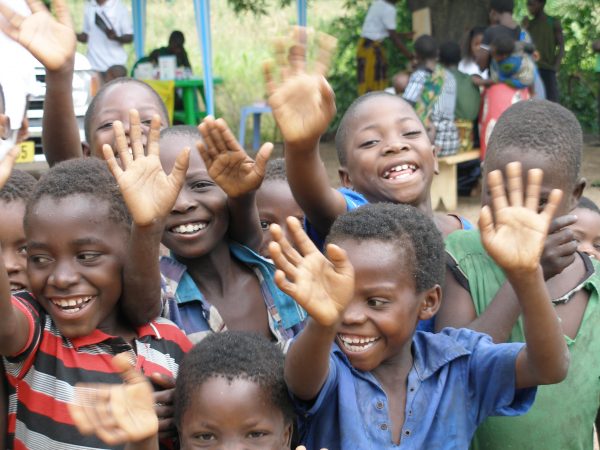The 2008 Malaria Indicator Survey (MIS), conducted by the Zambian Ministry of Health in partnership with PMI and others, sampled 4,500 households across the country, following up on the results of a similar 2006 survey.
The 2008 Malaria Indicator Survey (MIS), conducted by the Zambian Ministry of Health in partnership with PMI and others, sampled 4,500 households across the country, following up on the results of a similar 2006 survey. According to the findings, malaria parasite prevalence in children under 5 years of age has been reduced by 50 percent, and moderate to severe anemia in children – a common complication of malaria infection – has been reduced by more than 60 percent.
News of the promising MIS findings came shortly after the release of Zambia’s 2007 Demographic and Health Survey, which showed a 29 percent decrease in mortality of children under age 5 since 2002, meaning nearly 75,000 lives were saved in five years. These results indicate that Zambia’s malaria control efforts are having a direct impact on its people, improving health and saving lives.
Since 2006, malaria prevention measures have become widespread in Zambia. More than 65 percent of Zambian households are now covered with at least one insecticide-treated mosquito net (ITN) or a recent indoor spraying activity. ITN use among children under 5 years has risen nearly 70 percent.
Pregnant women are also better protected: More than 80 percent of mothers-to-be in Zambia received at least one dose of preventive medicine, and more than 66 percent received two or more doses.
The MIS, conducted through Zambia’s National Malaria Control Centre, is part of the country’s ambitious National Malaria Strategic Plan. This initiative aims to cut malaria incidence by 75 percent and significantly reduce malaria-related mortality by 2010 through a national scale-up of proven, effective malaria interventions such as ITNs, indoor residual spraying, and prompt effective antimalarial treatment, especially for vulnerable populations such as children and pregnant women.

